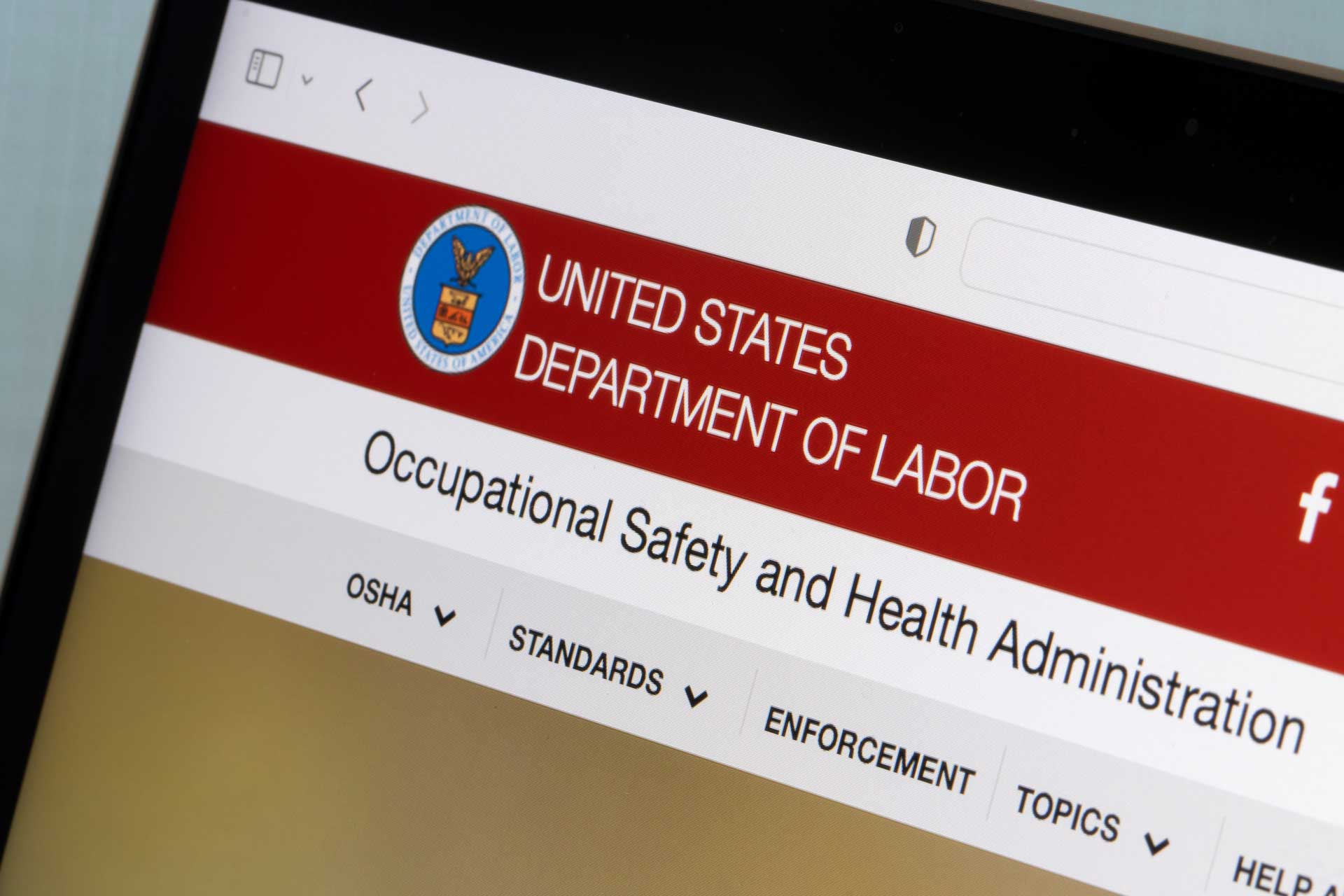
Last updated on November 17th, 2023
The U.S. Department of Labor’s Occupational Safety and Health Administration (OSHA) Improve Tracking of Workplace Injuries and Illnesses reporting rule takes effect January 1, 2024. As a result, more employers will be required to submit detailed data about workplace injuries and illnesses.
The final rule was issued July 21, 2023. It reverts from provisions adopted in 2019 largely to what was effect in 2016. OSHA is hoping this helps reduce workplace injuries and illnesses in high hazard industries. It will use the data for strategic outreach and enforcement. It also intends to make the data collected available online to the public.
According to the Department of Labor (DOL), “This will enable the agency to interact directly with these establishments, through enforcement and/or outreach activities, to address and abate the hazards and improve worker safety and health. These same data will also allow OSHA to better analyze injury trends related to specific industries, processes, or hazards.”
The DOL also asserts that by making injury and illness data public, potential customers, employees, and others will have more information to make decisions about health and safety at a particular establishment.
Under the final rule, once a year, establishments – meaning a physical work location, not a company as a whole – with:
- 100 or more employees in certain designated industries* must electronically submit information from OSHA Forms 300 and 301.
- 20 to 249 employees in certain designated industries* will continue to electronically submit information from 300A annual summary to OSHA.
- 250 or more employees, regardless of industry, are required to keep records under OSHA’s illness and injury regulation and electronically submit Form 300A information.
*Industries are defined in Appendix A and Appendix B in the Final Rule.
March 2 is the deadline for submitting prior year data. So, data from 2023 must be submitted by March 2, 2024. Covered establishments will submit data via OSHA’s Injury Tracking Application.
It’s important to note that the rule directly applies to OSHA states, but not state plans (although state plans are required to adopt similar requirements within six months of the Final Rule). New York does operate an OSHA-approved state plan, but it only covers state and local government workers. Private sector employers and their workers are covered by federal OSHA.
If you have any questions about the Final Rule or its implementation, it’s in your best interest to contact legal counsel. RBT CPAs is not a law firm; we specialize in accounting, tax, audit, and business advisory services. Interested in learning more? Give us a call today.
RBT CPAs is proud to say 100% of its work is prepared in America. Our company does not offshore work, so you always know who is handling your confidential financial data.
